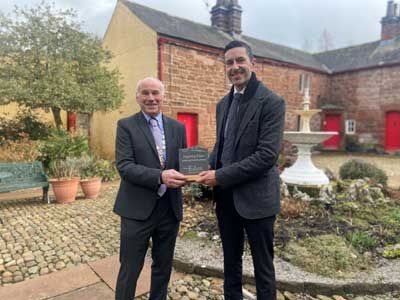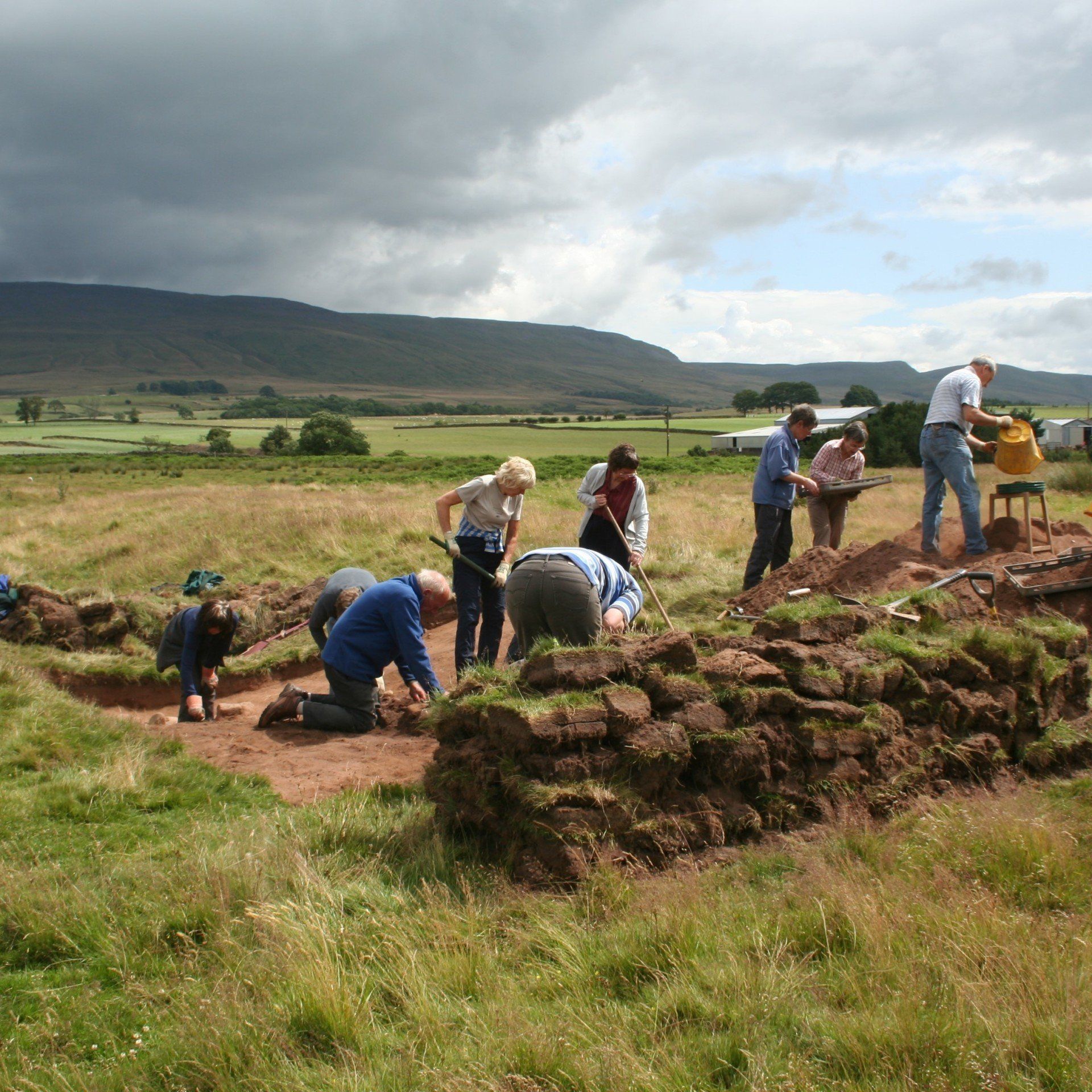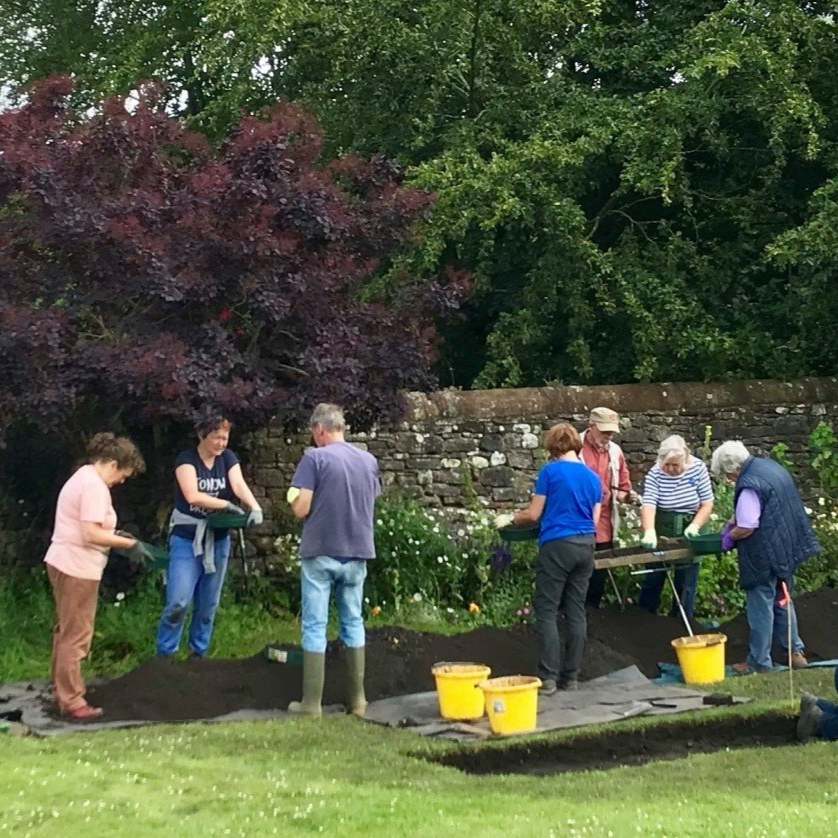Development in the Lake District World Heritage Site: Heritage

Now that the Lake District has been designated a World Heritage Site, planned development needs to be carefully considered in terms of balancing development requirements against the conservation of heritage and archaeology, in order to ensure that the park’s unique status is preserved for the future.
Since the introduction of the National Planning Policy Framework (NPPF) there has been a greater need to consider the impact of proposed new developments on heritage and archaeology in the UK. A Heritage Statement or Heritage Impact Assessment is often required to accompany a planning application in order to provide sufficient information to allow the Local Planning Authority to determine the application. The potential impacts on heritage significance need to be assessed for all designated heritage assets (e.g. listed buildings, scheduled monuments or conservation areas) and non-designated sites, including archaeological sites recorded in the Historic Environment Record (HER) and locally-listed buildings.
In the Lake District there is now also a need to examine the possible impact of a proposed development on the Outstanding Universal Values of the World Heritage Site. This will usually involve a search of records and archives held for a locality, including historic maps and documents, and a site visit to identify the nature and significance of any physical remains. The potential visual impacts of a proposed development, including changes to setting and possible impacts to Outstanding Universal Values, will also need to be assessed.
Each development site provides unique challenges in terms of meeting the needs of heritage and archaeology whilst also supporting new developments, but a professional heritage assessment can also help in terms of reducing impacts by feeding back into the design process. Eden Heritage looks forward to assisting our clients with their future projects.








